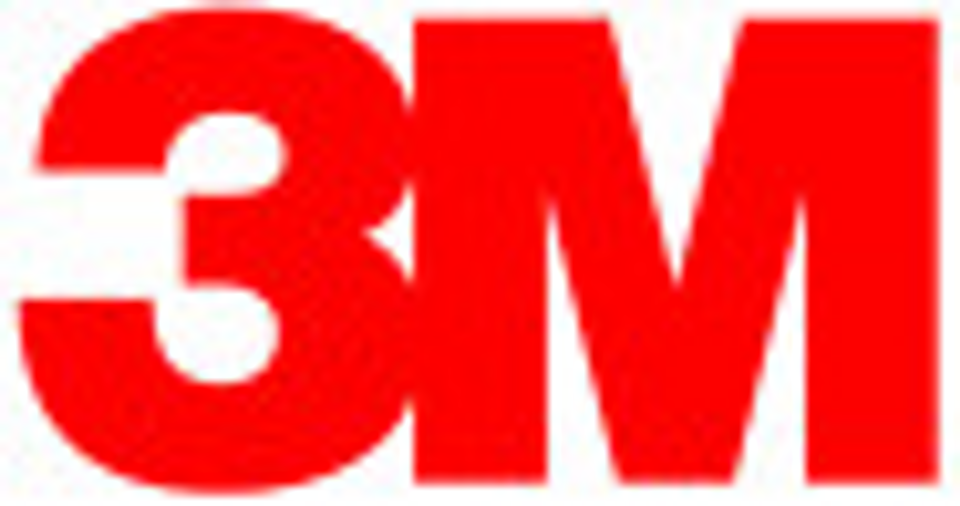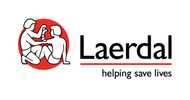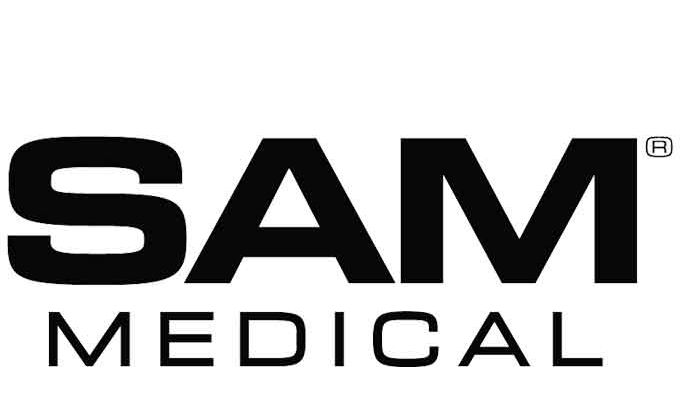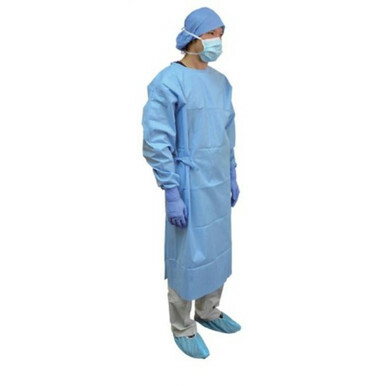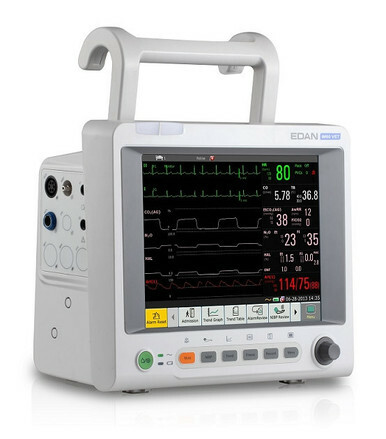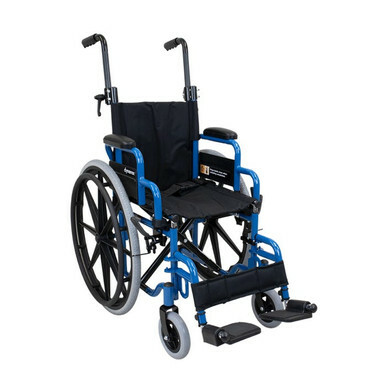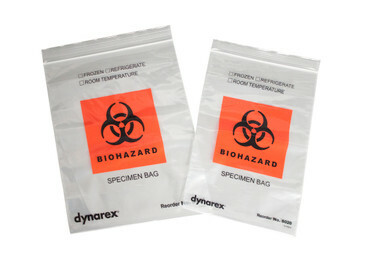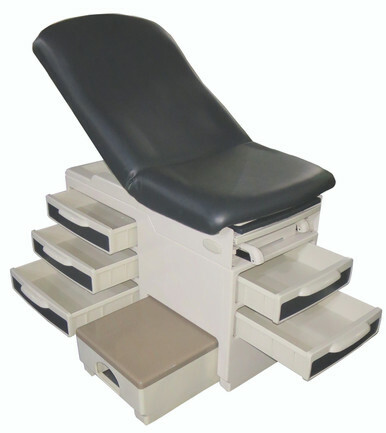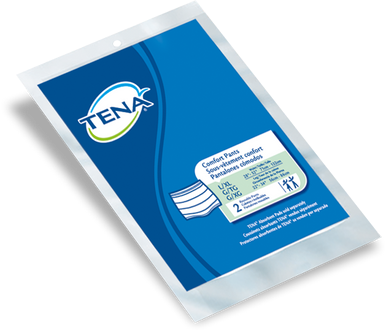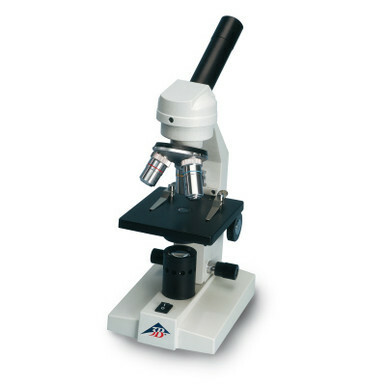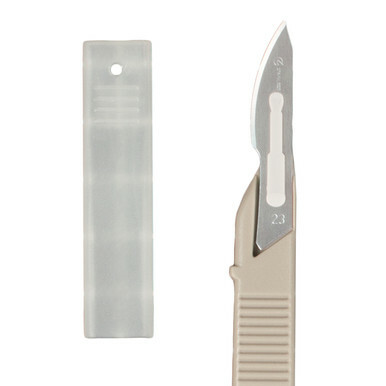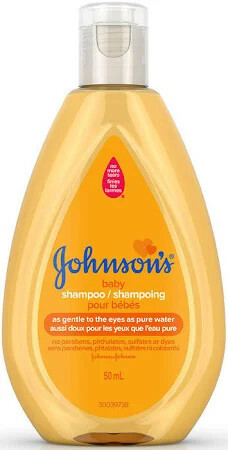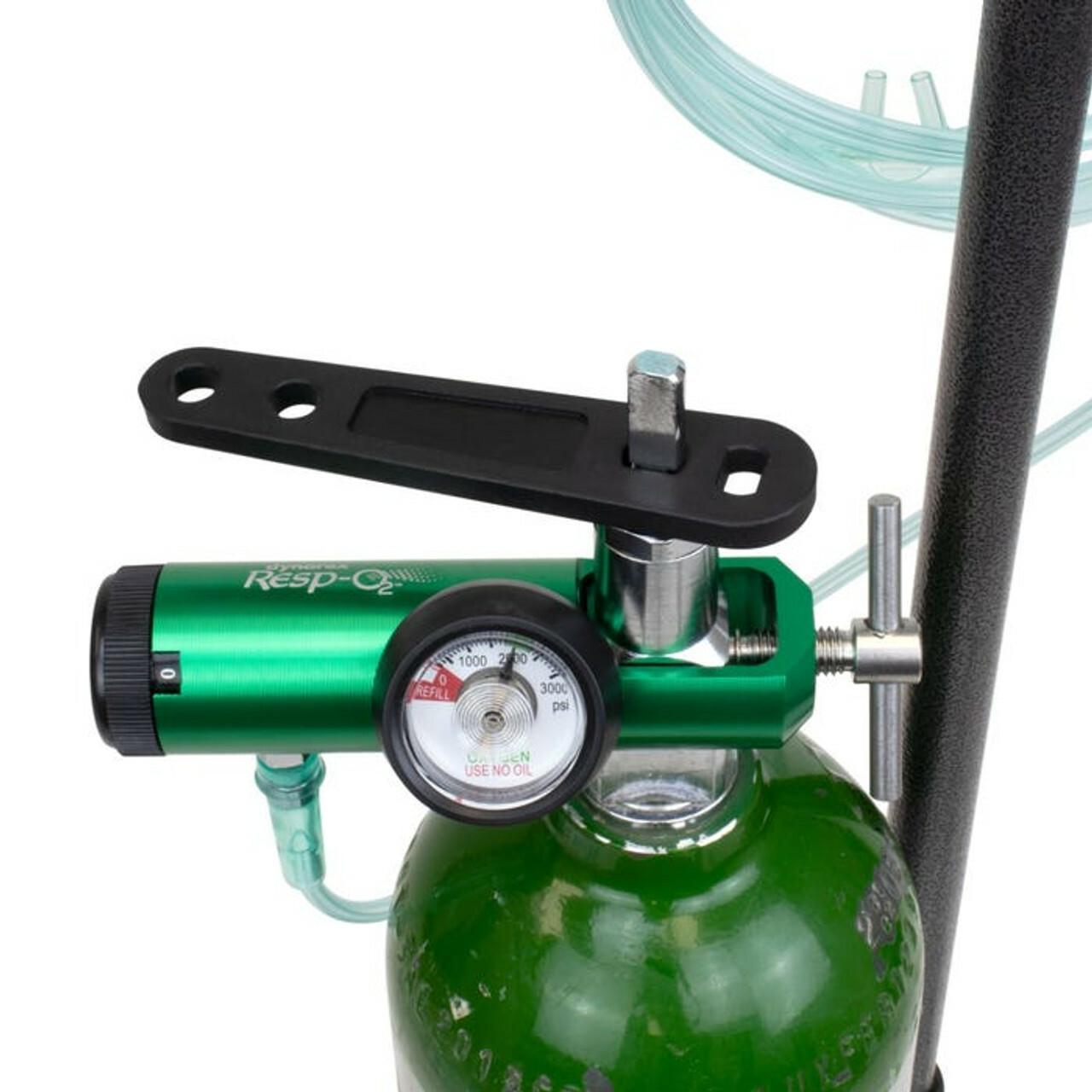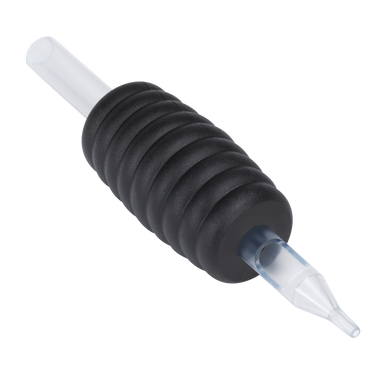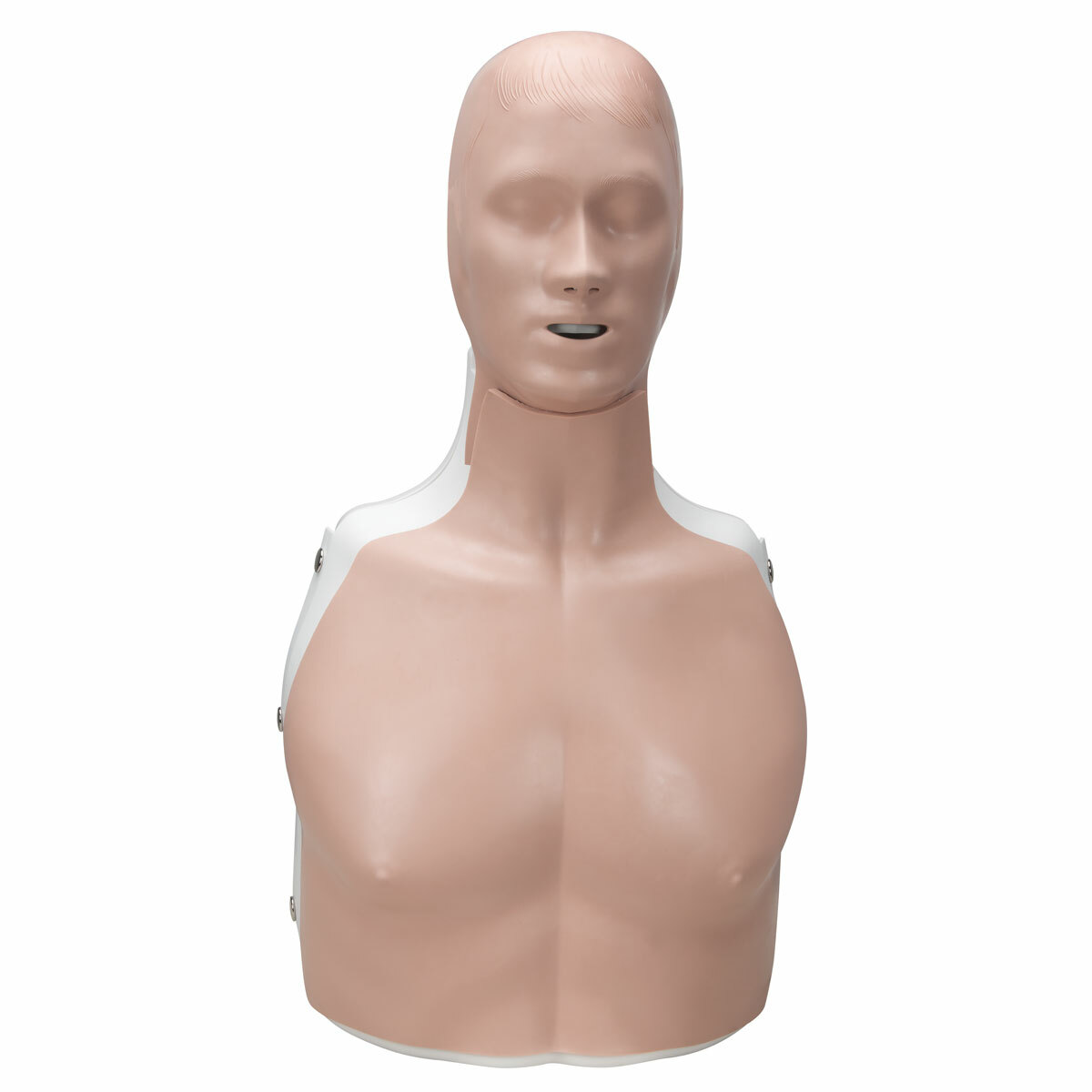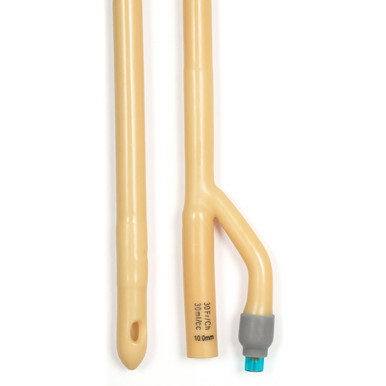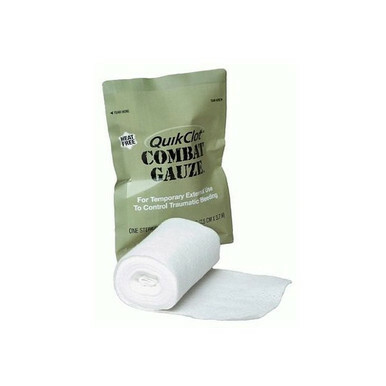Product details
For use with
- Resusci® Junior Basic and SkillGuide™ (Discontinued)
- Little Anne (Discontinued)
- Little Junior (Discontinued)
- Resusci®Anne CPR-D (Discontinued)
- AED Resusci® Anne SkillGuide™ (Discontinued)
- Resusci Anne® SkillReporter™ (Discontinued)
- Little Anne® AED Training System
- Resusci Anne Basic (Discontinued)
- Resusci Anne SkillGuide (Discontinued)
- AED Resusci Anne SkillReporter™ (Discontinued)
- Resusci Anne® QCPR
- Little Anne QCPR
- Little Junior QCPR
- Resusci Junior QCPR
- Resusci Anne QCPR (Pre-2018 models)
The Face‑Mask Couplings (Part 152016) are single‑use plastic adapters that snap between a standard pocket‑style CPR mask and the airway port on Laerdal training manikins. Supplied in a pack of 10, they let every learner use their own mask while the manikin’s airway remains untouched—eliminating cross‑contamination and preserving realistic chest‑rise feedback.
| Key feature | Training benefit |
|---|---|
| Precise bayonet fit | Locks firmly to Resusci Anne, Resusci Junior, Little Anne/QCPR and Baby Anne ports—no air leaks, no hand‑holding. |
| Standard 22 mm mask barb | Works with most adult & child pocket masks carried in first‑aid kits. |
| Crystal‑clear PETG | Lets instructors watch airflow and moisture; fully recyclable after class. |
| Color‑coded “UP” arrow | Prevents upside‑down insertion during fast‑paced drills. |
| Single‑use hygiene | Dispose after each student to meet AHA/ILCOR infection‑control guidance without lengthy disinfection cycles. |
Ideal for
-
BLS & ACLS courses that issue individual pocket masks
-
School, scout, and community classes with rapid learner turnover
-
Simulation labs wanting airtight ventilation performance without extra cleaning time
Pack details
-
Quantity: 10 couplings per resealable pouch
-
Material: Medical‑grade PETG, latex‑free
-
Port sizes: Manikin side—30 mm bayonet; Mask side—22 mm male taper
-
Shelf life: 5 years (store cool & dry)
How to use
1. Hand each student a pocket mask plus one Coupling 152016.
2. Insert the bayonet end into the manikin’s airway port and twist until it clicks.
3. Attach the mask to the 22 mm barb and perform ventilations—observe chest rise.
4. After practice, remove and discard the coupling; wipe the mask if it will be reused on a live subject.
Equip every session with Face‑Mask Couplings 152016 for faster turnover, safer hygiene, and leak‑free rescue‑breath training.

